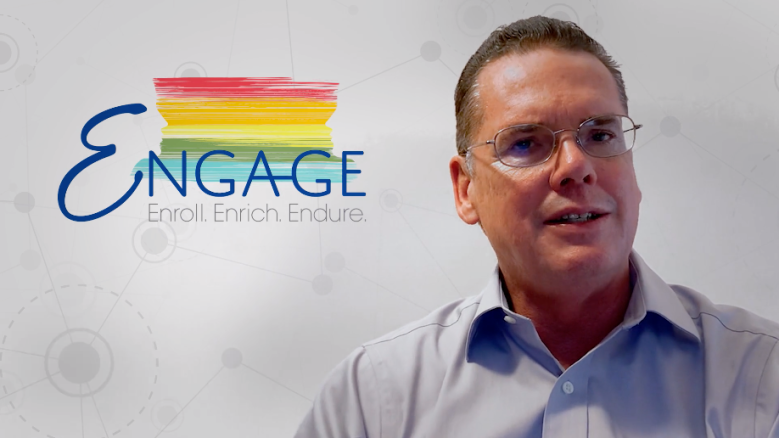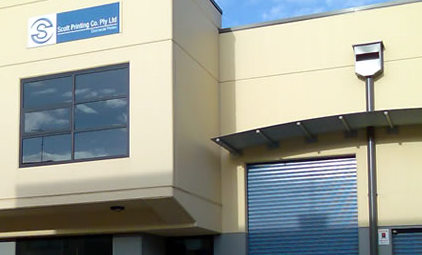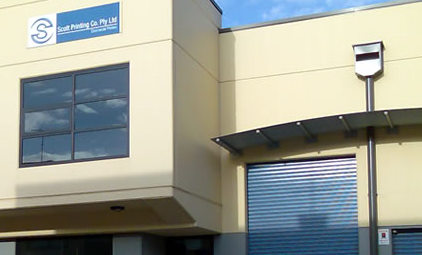
EFI chief operating officer of the inkjet business Scott Schinlever recently took to the company’s Engage virtual event to speak on the booming trend of the “Imaging of Things”.
Schinlever said that with digital continuing to become a bigger part of the industry very quickly, it will continue to be the engine of growth and transformation.
“In terms of the printing world, the transition from analog to digital is still in its early days in most markets,” he said.
“In fact, when you combine all the print in the markets that EFI serves – the different industrial segments that we’re in – we’re still at 80 per cent analog, so digital, even though it has started to drive in, has a long way to go.”
According to Schinlever, there are five mega trends driving the adoption of digital printing:
- Custom expression – personalisation, which enables the ability to reach a small audience in a very targeted way, or even 1:1 marketing
- The growth in online sales – the pandemic has exponentially increased the use of online, causing online sales to rise. This is said to create lots of opportunity for digital print, especially within the different packaging sectors
- Social media – how consumers are influenced and how they make purchasing decisions is core for digital print in terms of reaching micro audiences
- Nearshoring – supply chain optimisation continues to drive digital transformation as shortened supply chains enables businesses to be closer to customers, have quicker turnaround times and less access inventory
- Environmental – it enables you to print what you need, preventing excess waste, and extra inventory. Digital processes are cleaner and have less byproducts as compared to analog
Schinlever also spoke about EFI’s focus on creating products that enable businesses to reach new adjacent markets and opportunities and continue to grow business in different ways. He identified trends within four market segments:
Sign and display graphics
Schinlever said the sign and display graphics business has been leveraging digital for the last 2.5 decades but is now undergoing a significant consolidation, accelerated by the pandemic.
“What this means is that at EFI, our focus is ensuring that we’re bringing out state-of-the-art, productive technology that enables the consolidation of older digital print technology as well as driving longer runs of analog to digital all in one swoop,” he said.
At the same time, he mentioned that the pandemic has taught us that we need a versatile enough printing platform between the systems and ink types to be able to drive into adjacent markets for future growth.
“We’re seeing more of our customers moving into architectural graphics, simulated wood, luxury vinyl tile, all the way through to different directional signage, environmental graphics, dimensional signage and digital thermoforming,” he said.
“These are more permanent instead of temporary types of application and shows the versatility of what can be done.”
Corrugated packaging
One of the more exciting new growth areas for digital, Schinlever said with online sales exploding, the box is becoming the new branding platform not just in terms of visibility in a store shelf but also visibility on your porch when it’s delivered.
“Packaging is becoming an additional adjunct of display graphics with high quality, colourful graphics,” he added.
“Print volumes have increased nearly 50 per cent in 2020, so it’s exciting for customers to get into this new space and driving analog to digital in packaging.”
Textiles
Schinlever mentioned that it’s all about nearshoring when it comes to digital textiles.
“We want to bring production closer to the end markets, so seeing a resurgence in manufacturing in many parts of the western world in addition to Asia,” he said.
“There is now also the idea that fast turnaround in fabric printing is the new normal. And digital plays right into this. It also allows the ability to customise to particular audiences’ requirements. Digital printing on fabric is also more environmentally friendly, especially with pigmented inks which eliminate pre- and post-treatment steps.”
Ceramic and wood decoration
Digital brings customisation and design quality to ceramic printing as well, according to Schinlever.
“We offer the highest print quality with the lowest running cost to profitably grow your business. In terms of trends, the market is facing a replacement cycle where people are replacing older technologies or adding more digital capacity,” he said.
“The one area that EFI is pioneering this year is, we’re bringing aqueous ceramic ink to the marketplace. This is going to enable a greener production process.
“Single-pass digital printing is also replacing the hand staining of wood and we’re starting to see very early days of that going to digital.”
Comment below to have your say on this story.
If you have a news story or tip-off, get in touch at editorial@sprinter.com.au.
Sign up to the Sprinter newsletter


